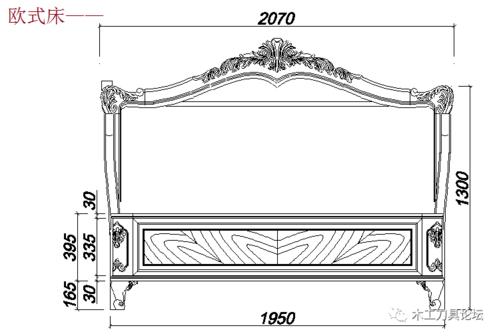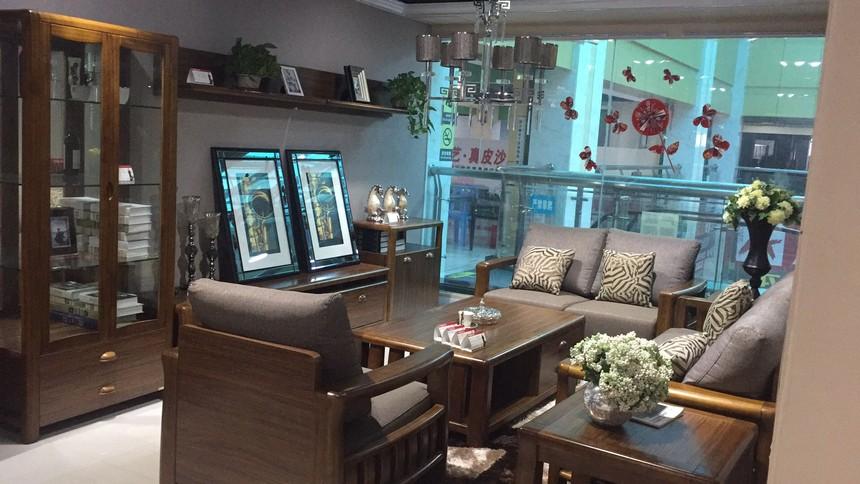cad家具图立体图纸
**Title: Creating Interior Furniture Elevations with CAD**
In interior design, CAD (Computer-Aided Design) plays a pivotal role in creating detailed plans, including furniture elevations. Furniture elevations are essential diagrams that showcase the vertical views of furniture pieces within a space, aiding in precise placement and visualization. Let's delve into how to create interior furniture elevations effectively using CAD.
**1. Utilize Proper Software:**
Selecting the right CAD software is crucial for creating accurate and detailed furniture elevations. Options like AutoCAD, SketchUp, or Revit offer robust tools specifically designed for architectural and interior design projects. Ensure the software you choose aligns with your proficiency level and project requirements.
**2. Start with a Floor Plan:**
Before drafting furniture elevations, develop a comprehensive floor plan of the space. This serves as the foundation for accurately placing furniture and determining dimensions. Include key elements such as walls, doors, windows, and any architectural features that impact furniture placement.
**3. Gather Furniture Specifications:**
Compile detailed specifications of the furniture pieces to be included in the elevations. This information should encompass dimensions, materials, finishes, and any specific design details. Having this data readily available ensures precise representation within the CAD drawings.
**4. Set Up Layers and Scale:**
Organize your CAD drawing with layers dedicated to different elements such as walls, furniture, dimensions, and annotations. Establish a consistent scale for the drawing to ensure accuracy and coherence across all elevations. Common scales include 1/4 inch = 1 foot or 1:50, depending on the size of the project.
**5. Draft Furniture Elevations:**
Begin by placing the furniture items within the floor plan, ensuring alignment with walls and other architectural elements. Use accurate measurements to position each piece correctly. Employ tools like snap grids and alignment guides to maintain precision throughout the drafting process.
**6. Add Detail and Annotations:**
Enhance the clarity of your elevations by incorporating additional details such as material textures, shading, and annotations. Clearly label each furniture item with its name and dimensions to facilitate understanding for clients, contractors, and other stakeholders.
**7. Review and Revise:**
Thoroughly review the completed furniture elevations to identify any errors or inconsistencies. Verify dimensions, alignments, and overall coherence with the floor plan. Make necessary revisions to ensure accuracy before finalizing the drawings.
**8. Output and Presentation:**
Export the furniture elevations from CAD software in appropriate formats such as PDF or DWG for sharing and printing. Consider creating presentation boards or digital renders incorporating the elevations to convey the design concept effectively to clients and collaborators.
**Guidance and Best Practices:**
- Maintain consistency in style and presentation across all furniture elevations for a cohesive visual representation.
- Communicate effectively with clients and stakeholders to understand their preferences and requirements regarding furniture placement and style.
- Stay updated with advancements in CAD technology and techniques to enhance efficiency and accuracy in drafting furniture elevations.
- Collaborate with other design professionals, such as interior designers and architects, to ensure seamless integration of furniture elevations within the overall project.
Creating interior furniture elevations with CAD requires a combination of technical proficiency, attention to detail, and creative flair. By following these guidelines and leveraging the capabilities of CAD software, designers can produce accurate and visually compelling representations of furniture arrangements within interior spaces.

版权声明
本文仅代表作者观点,不代表百度立场。
本文系作者授权百度百家发表,未经许可,不得转载。











